Travel to one of the enchanting states in India, that is Gujarat, known for its rich cultural heritage, ancient history, mouth watering food cuisines, and welcoming hospitality! This Gujarat Tour Package from Nepal is created to provide you the perfect mixture of cultural, adventurous, and historical activities that is bound to awaken your inner wanderlust! On this 9 Nights 10 Days Tour, you’ll be exploring Gujarat’s most magnificent cities. You’ll travel to one of the most loved cities of Ahmedabad, where you’ll visit the renowned Jama Masjid, along with exploring Dwarka, a pilgrimage city to visit the prestigious and renowned Dwarkadish Temple; also, you’ll go on an exciting sightseeing tour around Jamnagar to soak in the beauty and serenity of the Lakhota Lake. The fun just doesn’t end there! You’ll also be stopping by Porbandar, the birthplace of Mahatma Gandhi, to visit the historic Kirti Mandir, along with visiting one of the top beaches in Somnath called Veraval Chowpati, an ideal location for relaxing and taking those eye-catching photos! This is only a glimpse of what this tour package has to offer; there’s a whirlwind of exciting adventures waiting just for you in Gujarat on this tour!
Now, let’s take a closer look at these remarkable destinations that you will be exploring in the beautiful state of Gujarat on this tour!
Gujarat: Jewel in the West
Gujarat has to be one of India's most beloved states and is located in the western coastal region. With the capital being Gandhinagar, it is nicknamed the Jewel in the West due to the state’s vibrant cultural heritage, historical background, diverse food cuisines, and unwavering hospitality. This state was part of the Bombay state till the year 1960, which was then subsequently divided into 2 states: Gujarat and Maharashtra. After the division, Gujarat now functions as an independent state of India. Moreover, this state has many scenic landscapes, historic temples, and educational museums that are able to cater to the tastes of travelers coming from different parts of the world. As Gujarat has numerous beaches and world class restaurants, Gujarat also makes a perfect destination for travelers who are looking to relax and decompress.
In terms of religion, Hinduism is majorly followed here, with Islam and Christianity making up the minority group. Likewise, festivals are also widely celebrated all over Gujarat, and some of the festivals include Navrati, Rann Utsav, and Krishna Janmashtami, where traditional dances such as Garba and Dandiya are often performed during special occasions. Gujarati food is also well loved by tourists, and this cuisine is made by combining a blend of sweet, savory, and sour flavors. A few of the popular food items are Dhokla (savory cake), Khandvi (spicy rolls made of gram flour), Thepla (fried snacks), and Gujarati Kadhi (savory soup made from yogurt). In the beautiful state of Gujarat, you will be visiting these renowned destinations:
Ahmedabad - The Manchester of India
Ahmedabad, an ancient city and district in Gujarat, is located east of the Sabarmati River and was founded by Ahmad Shah, a Muslim ruler of Gujarat, in the year 1411. Being the largest city in Gujarat, Ahmedabad is divided into 7 zones. Additionally, Ahmedabad was also the capital city of Gujarat from 1960 to 1970. Due to Ahmedabad being an economic and industrial hub, with the city having many prominent industries for textiles, automobiles, and pharmaceuticals, it is also called, The Manchester of India. In and around the breathtaking city of Ahmedabad, you will be visiting these fantastic destinations:
- Jama Masjid: Visit the famous Jama Masjid, also known as Jama Mosque, built by Ahmed Shah in 1423. This stunning mosque has been a place of worship and solace for many Muslims across Ahmedabad. Constructed using a harmonious blend of Hindu, Jain, and Islamic architecture, this mosque is built out of red sandstone and marble. Additionally, the terrace of the tomb is supported by 260 columns and designed in an intricate manner that is truly a beautiful sight to witness in real life. This ancient masjid is dedicated to Sultan Ahmad Shah I and his family, where the mosque also houses the tombs of the sultan, his son, and his grandson.
- Dada Hari’s Step Well: A visit to Dada Hari’s step well will surely take you back to the past! Designed to work as a water conservation well in the past, this stepwell follows the Solanki style of architecture and is built out of sandstone. The step consists of 5 stories, where water is reserved at the bottom and staircases are used to get to the bottom. The octagonal stepwell also consists of many pillars that are decorated in Hindu architecture that work to support the stepwell.
- Mahatma Gandhi Sabarmati Ashram: Explore the Mahatma Gandhi Sabarmati Ashram that was established in 1915. The ashram played a significant role in India’s fight against the British ruling and stood as a foundation for freedom and hope for many people in the past. Furthermore, the ashram also served as the residence of the social activist from 1917 to 1930. Currently, the ashram is divided into 3 sections, namely Mahatma Gandhi’s former residence, the museum area, and a Khadi shop. The main highlight of the ashram is definitely the museum, which features letters, photographs, and paintings of Gandhiji that will help you to learn about his life and the struggles he faced in the past.
- Gujarat Science City: Gujarat Science City is a science education and entertainment sector that majorly works to make topics such as science and technology renowned in Ahmedabad. Established in 1999, for travelers who are interested in the field of science and technology, this center is a must visit destination! The center’s major attraction sites include the robotics gallery, aquatic gallery, nature park, an amphitheatre, the Hall of Space, IMAX 3D, among others. Additionally, the center also conducts educational programs, summer camps, academic workshops, science olympiads, and outreach initiatives as well.
- Adalaj Stepwell: One of the historic landmarks in Ahmedabad is the Adalaj stepwell that was built by Rana Veer Singh during the 14th century. This stepwell is also known as Adalaj Ki Vav in the local language and is constructed using Indo-Islamic architecture. In the past, the step worked as a well providing water to many villagers, along with being a recreational spot for many people. The stepwell consists of 5 levels where each floor is designed in an intricate manner featuring beautiful carvings of various Hindu deities.
- BAPS Swaminarayan Akshardham: Visit the BAPS Swaminarayan Akshardham that was established in 1992. The word “Akshardham,” when translated, means abode of the divine. This is a popular temple complex that works towards honoring the works and teachings of Bhagwan Swaminarayan (a renowned Hindu yogi.) The main highlight of this complex is the Akshardham temple constructed from sandstone. Additionally, the temple has many pillars, domes, balconies, and many sculptures of Hindu deities, along with five large halls for exhibitions that incorporate different sectors such as art, science, culture, and spirituality, which are displayed using various mediums such as screen theatre, dioramas (three-dimensional models), and audio animatronics.
Rajkot Attractions
Rajkot, a spectacular city and district, is located in the Saurashtra region of Gujarat. Being the fourth largest state in Gujarat, this city is known for its traditional handicraft products such as silver work, embroidery, and patola weaving. Additionally, this religiously diverse city has many religions, such as Hinduism, Islam, Buddhism, and Jainism, living in harmony for decades. Furthermore, a few of the major festivals celebrated in this city include Navrati, Krishna Janmasthami, and the international kite festival, where traditional outfits such as “Chaniya Choli” and “Kedia Dress” are worn by men and women during these cultural festivals. In the picturesque city of Rajkot, you will be visiting the Virpur Gayatri Mandir:
- Virpur Gayatri Temple: Dedicated to Goddess Gayatri, it is believed that the temple was built upon the exact spot where the goddess manifested herself. Furthermore, in Hindu mythology, the goddess is believed to be a symbol of wisdom and purity. Built in traditional architecture, the temple is decorated with many ornate pillars and detailed shikaras, where the idol of Goddess Gayatri is kept in the inner sanctum. Additionally, the temple complex also has small shrines dedicated to many other Hindu gods and goddesses as well. With lush green trees surrounding the temple area, you’ll surely feel a sense of tranquillity after visiting this temple.
Jamnagar Attractions
Jamnagar is a flourishing city and district located in the Saurashtra region of Gujarat. Traditionally known as Nawanagar, this was founded in 1540 A.D. by Jam Raval (a ruler of the Jadeja ruler) and is popular for its Bandhani, a tie-dying technique done on traditional clothing items such as sarees and kurtis. This city has become a popular tourist destination in recent years due to its many picturesque destinations, ancient landmarks, religious temples, and wildlife sanctuaries. Explore these historical and top-notch destinations located in and around the beautiful city of Jamnagar:
- Lakhota Palace and Museum: The Lakhota Palace and Museum was built during the ruling of Maharaja Jam Ranmal II during the 18th century. Constructed using a mixture of Rajput and European influences, the museum is located inside the palace. What makes the Lakhota Palace unique is that it is situated in the middle of the Lakhota Lake, so you’ll be able to witness the beauty of the mesmerizing lake as well! In the past, the palace was the residence of the royal family in Jamnagar. Built with yellow sandstone, the museum is located inside the palace and houses many ancient artifacts, coins, manuscripts, artworks, and weaponry of the past days in Gujarat.
- Lakhota Lake: Also known as Ranmal Lake, this is an artificial lake built by Jam Ranmal II during the 18th century. The lake has been a top tourist spot in Jamnagar, as the lake is vast in size with many resting spots and pavilions that are spread around the lake available for travelers to relax and rest. During peak seasons, you are also able to spot various species of birds that help to enhance the beauty of this lake. Visiting this lake will definitely provide you a boost of energy and rejuvenation for sure!
- Shri Bala Hanuman Sankirtan Temple: Visit the Shri Bala Hanuman Sankirtan Temple, dedicated to Lord Hanuman. The temple has many idols of Lord Ram, Lakshman, Hanuman, and Goddess Sita. Constructed by Maharaj Prembhikshu in the 19th century, the temple has the main idol of Lord Hanuman that is kept in the innermost sanctum with an area dedicated to conducting bhajans and kirtans in the temple.
Dwarka - Gateway to Heaven
Compromising an area of 4051 square kilometers, Dwarka is one of the ancient cities of India. This holy city is also a district and is renowned for its numerous and ancient temples, such as Matsyavatar, Rukmini Devi, Gomti Ghat, and Dwarkadhish temple. Furthermore, Dwarka is also part of the Bada Chardham Yatra and is also synonymously known as the “Gateway to Heaven” due to many religious temples being located here. Additionally, this city is rich in cultures and traditions where festivities like Krishna Janmaasthami, Holi, Diwali, and Ram Navami are widely celebrated here. In this holy city of Dwarka, you will be exploring these incredible locations:
- Dwarkadhish Temple: The prestigious Dwarkadish Temple is part of the Bada Chardham Yatra, along with Rameswaram, Badrinath, and Puri. Dedicated to Lord Krishna, this holy temple is believed to have been created by Vajranabh (the great-grandson of Lord Krishna). This majestic temple consists of five storeys supported by 72 pillars and was constructed using the Chalukya style of architecture. Furthermore, the idol of Lord Krishna made out of black marble is kept in the inner sanctum of the temple, accompanied by two main gates, which are the Swarga Dwar (gate to heaven), through which pilgrims enter and Moksha Dwar (gate to liberation), which is used as the exit.
- Beyt Dwarka: Also known as Shankhodar, Beyt Dwarka is a small island located off the coast of Dwarka. According to Hindu mythology, this island was the former residence of Lord Krishna when he ruled Dwarka. It is believed by many devotees that this mesmerizing island was a gift from his friend Sudama. The island has many temples where you will be going to one of the most renowned ones, that is the Shri Beyt Dwarkadhish Temple, dedicated to Lord Krishna.
- Shri Nageshwar Jyotirlinga Temple: Visit the Shri Nageshwar Jyotirlinga temple dedicated to Lord Shiva. This prestigious temple has one of the twelve Jyotirlinga (self-manifested Shivling), which is considered to be the most holy and sacred symbol of Lord Shiva. The shivling is carved out of Shaligram stone that is kept in the innermost sanctum of the temple. Additionally, there is also an approximately 25-meter-tall statue of Lord Shiva sitting cross-legged outside of the temple along with a garden and pond.
- Rukmini Devi Temple: The Rukmini Devi temple is dedicated to Lord Krishna and Goddess Rukmini (the incarnation of Goddess Laxmi.) The temple is built using the Nagara style of architecture, where the exterior walls are decorated in detailed designs and carvings and also have sculptures of various Hindu deities. Additionally, there are also smaller shrines dedicated to Lord Hanuman and Goddess Yamuna kept within the vicinity of the temple complex as well. An ancient and unique tradition practiced in the temple is the custom of donating water (also known as Jal Daan) by pilgrims visiting the temple, as this is considered a sacred deed in Dwarka.
- Gomti Ghat Temples: Located near the banks of the Gomti River is the Gomti Ghat (riverbank), where various temples of renowned Hindu deities such as Lord Shiva, Ram, and Krishna, along with shrines of Goddess Saraswati, Lakshmi, and Samudra (goddess of the sea), are situated. As the Gomti River is considered one of the holiest rivers in Dwarka, many devotees take a dip here as it is believed to wash away one’s sins. Furthermore, the Gomti ghat area is constantly swarming with people, as there are many souvenir shops and tea shops as well.
Porbandar - The Birthplace of Mahatma Gandhi
Porbandar, a famous city and district in Gujarat, is the birthplace of Mahatma Gandhi. Comprising an area of 2316 square kilometers, the city of Porbandar was taken out of Junagadh district in 1997. Currently divided into six towns, this city has many popular tourist attractions, which include: Barda Hills Wildlife Sanctuary, Sudama Temple, Porbandar Bird Sanctuary, Kirti Mandir, Nehru Planetarium, Miyani Beach, Bharat Mandir, and Shri Hari Mandir, among others. Being a culturally rich destination, this city has many ancient temples where festivals like Madhavpur Fair, Navrati, and Dussehra are celebrated widely by the residents. In terms of cuisine, most of the dishes available in this state are vegetarian-friendly, and few of the popular dishes loved by tourists in Porbandar include Undhiyu, Handvo, and Doodh Pak. En route to Somnath, you will be stopping at Porbandar, where you will be visiting these two renowned locations:
- Sudama Temple: To commemorate the friendship between Lord Krishna and his friend Sudama, the Sudama temple was built by Maharaja Bhav Singh in the 19th century. The temple stands as a true testament to Lord Krishna and Sudama’s friendship, where a statue of them embracing in a hug is also constructed around the vicinity of the temple. In addition, there are also small shrines dedicated to Shiva, Hanuman and Chamunda, along with a Chaurasi Parikrama (which is a cemented platform with a walking path that is made in the shape of a maze.)
- Kirti Mandir: This is a memorial shrine that was built in the memory of Mahatma Gandhi and his wife, Kasturba Gandhi. Additionally, Mahatma Gandhi’s ancestral home, where he was born, is also located right next to this mandir. Many historians and followers of Mahatma Gandhi visit this mandir, where in 1950, Jawaharlal Nehru also inaugurated this temple. The architecture of the temple follows a blend of Buddhist, Hindu, and Islamic designs. With a spacious courtyard located in front of the temple, this mandir has a collection of photos, paintings, and personal belongings of Mahatma Gandhi that will provide you insights into his life.
Somnath Attractions
Located in the Saurashtra region of Gujarat, Somnath is a city and district that has been a pilgrimage site for many devotees, as the renowned Triveni Sangam, which is a convergence of three holy rivers: Kapila, Hiran, and Saraswati, is located here. The city of Somnath has been divided into six talukas (subdivisions of a district), where Una is the largest taluka. In and around the picturesque city of Somnath, you will be visiting these remarkable destinations:
- Somnath Temple: Explore the renowned Somnath Temple, which has one of the twelve Aadi Jyotirlingas of India (holy shrines dedicated to Lord Shiva). This majestic temple is constructed using the Maru-Gurjara style of architecture and colored a stunning golden color. The main Jyotirlinga is kept in the Garbhagriha (inner sanctum) visited by many devotees every year. Believed to be constructed around 649 B.C., this holy temple is dedicated to Lord Shiva and was demolished multiple times by invaders and rebuilt by Sardar Vallabhai in 1947, where a statue has also been constructed within the temple complex to pay respect to him.
- Triveni Sangam: The confluence of three rivers, namely Hiran, Kapila, and Saraswati, make up the Triveni Sangam, where the Triveni ghat (riverbank) is located beside it. The Triveni Sangam holds immense religious and spiritual significance in Hinduism. Many devotees believe that taking a dip in this holy river helps to attain Moksha, meaning one is free from the continuous cycle of life, death, and reincarnation. In addition, Pind Daan and Asthi Visarjan (death rituals) are also carried out in the Triveni Ghat as well.
- Gita Mandir: Located on the banks of Triveni Sangam is the famous Gita Mandir. This temple is dedicated to Lord Krishna, where the temple site also houses idols of Lord Laxmi Narayan, Ram, and Goddess Gita. Moreover, this holy temple was built in the 19th century by the Birla group and is constructed out of white marble and red sandstone. What makes this temple a renowned pilgrimage site is that the location on which the temple site is built was the exact spot where Lord Krishna took rest after his walk from Bhalka Tirtha to Triveni Tirtha before leaving for Neej Dham. Additionally, there are also hymns of the Bhagavad Gita consisting of 18 chapters engraved on the walls of this holy temple.
- Bhalka Tirtha Temple: This temple in Somnath is dedicated to Lord Krishna and is constructed using a harmonious blend of Chalukya and Solanki architectural styles. Built out of stone, the outer walls feature detailed carvings and paintings of Lord Krishna’s life story, whereas the inner sanctum of the temple houses the main idol of Lord Krishna in a reclining position, symbolizing his death from earthly life. Additionally, the temple complex also has pristine gardens and walkway paths where devotees can take a walk and meditate.
- Veraval Chowpati: Veraval Chowpati is a scenic beach located around 8 kilometers from Somnath. This beach has turned into a hotspot in recent years as the beach features crystal clear waters, soft white sand perfect for relaxing, going on walks, and taking photographs. There are also lush palm trees around the beach where, during the summertime, people can be seen sitting in the shade.
Bhavnagar - Land of Gohils
Comprising 7034 square kilometers, Bhavnagar is both a city and a district located in Gujarat. Also known as the “Land of Gohils,” as this state was ruled by the Gohil dynasty for a long time. In the past, Bhavnagar was also a major port city where it traded with countries like Africa, Zanzibar, Singapore, and the Persian Gulf. Being one of the cultural centres of Gujarat, this city is known for its range of artworks like handloom weaving, embroidery, metalwork, and wood carving. Moreover, the diamond industry is also a flourishing sector in Bhavnagar, where there are many industries located in the city dedicated to the cutting and polishing of diamonds. In and around the beautiful city of Bhavnagar, you will be exploring these breathtaking destinations:
- Shree Takteshwar Temple: One of the oldest temples in Gujarat, the Shree Takteshwar Mandir was commissioned by Maharaja Takht Sinhji in 1893 A.D. This mesmerizing temple is located on top of a hill and constructed in a Gujarati style. Dedicated to Lord Shiva, the temple is supported by 18 beautifully decorated pillars, where the idol of the Lord is kept in the inner sanctum. This temple is built out of marble and as it is located on top of a hill, you are also able to get a panoramic view of the Bhavnagar city from here as well.
- Gandhi Smruti: Also known as the Gandhi memorial, this is a memorial complex constructed as a tribute to Mahatma Gandhi, which was established in 1955. Consisting of two stories, this complex houses a large collection of books, photographs, and personal items of Mahatma Gandhi that can provide you insights into his life. Additionally, the complex also has a library with extensive resources regarding the philosophies introduced by the great leader along with insights into the history of India. Visiting this complex can definitely be an educational and enriching journey for you!
- BAPS Swaminayaran Mandir: Dedicated to Lord Swaminarayan, the BAPS Swaminayaran Mandir was opened in 2006. The temple premises contain many wall paintings, intricate carvings, and idols of various Hindu deities and were established to spread the philosophies of Lord Swaminarayan in Bhavnagar. The temple consists of two storeys and has many pillars, domes, stone beams, tone screens, and porticos with a garden that surrounds the temple premises. Additionally, there is also a museum that houses many items and personal belongings of Lord Swaminarayan that are kept on display.
- Bortalav Lake: Bortalav Lake is an artificial lake located approximately 8 kilometers from Bhavnagar. Also called the Gaurishankar Lake, this lake was created as a water reservoir for the public in 1872. The lake in the present time serves more as a recreational spot for the residents of Bhavnagar. Around the vicinity of the lake, there is a large seating area with many tea and food stalls that has helped to popularize the area. During the summer months, you are also able to see many species of birds during the winter, such as ducks, geese, and cranes, that help to add immense beauty to the lake.
- Nishkalank Mahadev Mandir: The Nishkalank Mahadev Mandir is one of the rarest temples dedicated to Lord Shiva. The temple site consists of a large platform made of rock that houses five distinct Swayambhu Lingams (self-manifested lingams) along the shore of the Arabian Sea. One unique factor about this temple is that it is visible only during low tidal waves, as during the high tides, the temple fully submerges into the Arabian Sea, where only the flags of the temple can be seen. Many devotees come to this location to conduct various pooja rituals and water (jal) is also poured over the lingas as a symbol of devotion and purity.
Take this wonderful opportunity of traveling to the picturesque state of Gujarat! This 10 Days Gujarat Tour Package from Nepal, is bound to take you on a journey like no other! Designed to take you on an incredible journey in Gujarat, go on this fantastic tour and create unforgettable memories along the way!

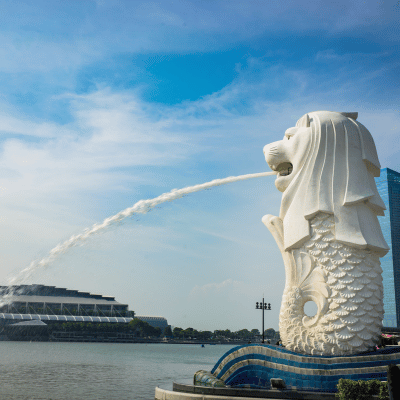 Singapore
Singapore
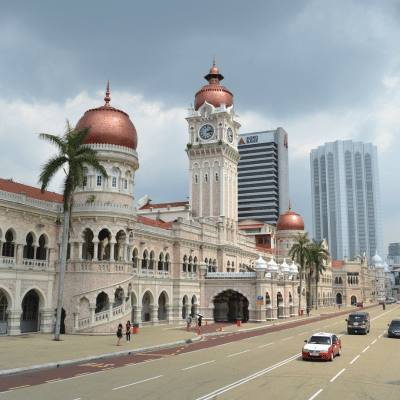 Malaysia
Malaysia
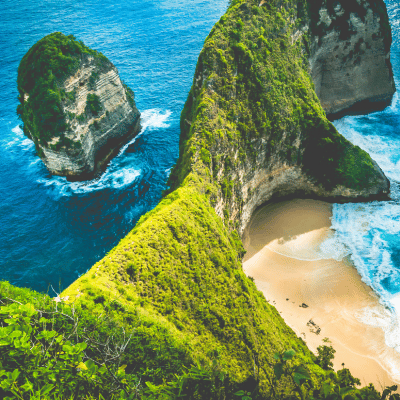 Indonesia
Indonesia
 Dubai
Dubai
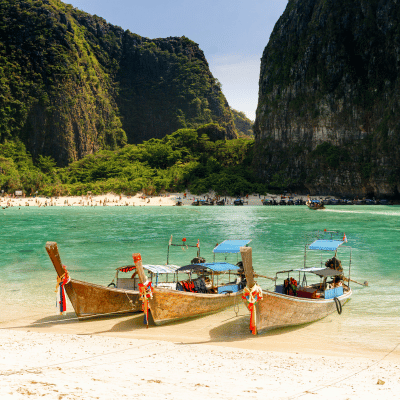 Thailand
Thailand
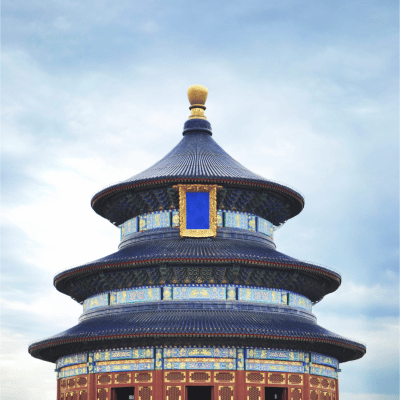 China
China
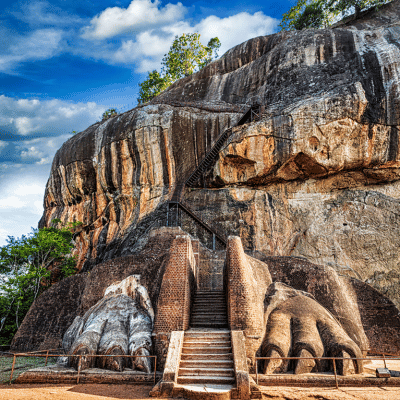 Sri Lanka
Sri Lanka
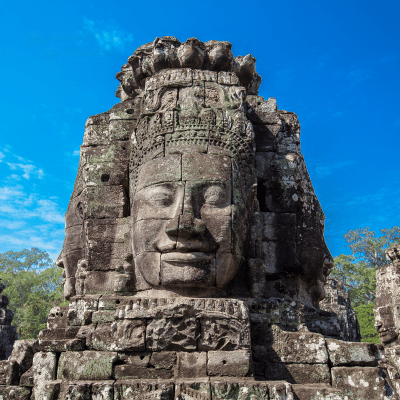 Cambodia
Cambodia
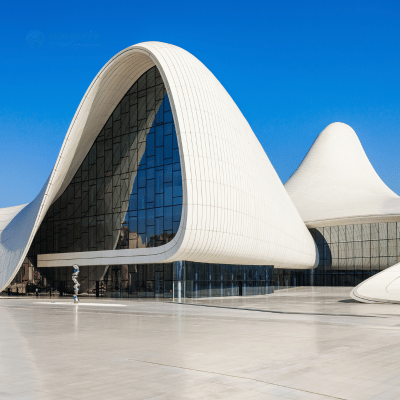 Azerbaijan
Azerbaijan
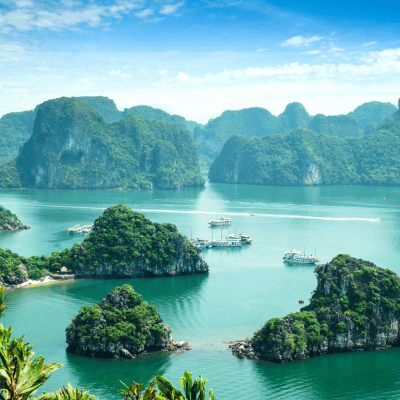 Vietnam
Vietnam
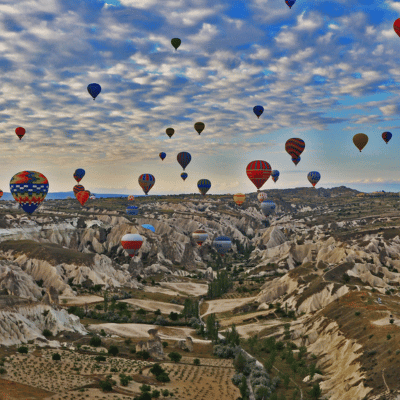 Turkey
Turkey
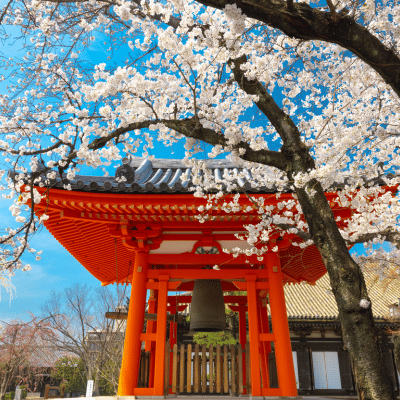 Japan
Japan
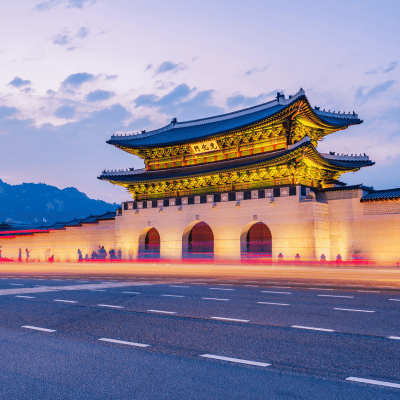 Korea
Korea
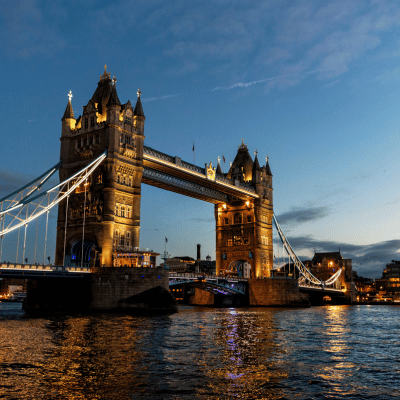 Europe
Europe
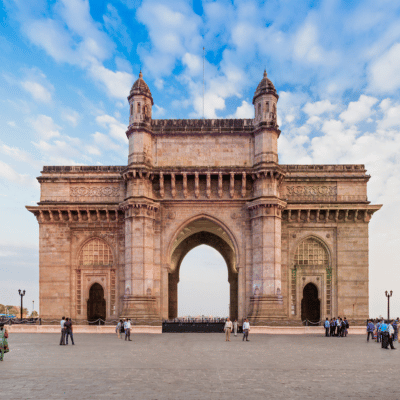 India
India
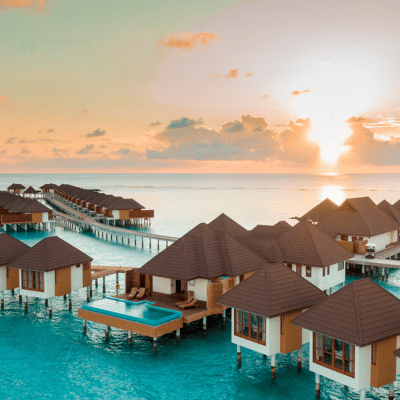 Maldives
Maldives
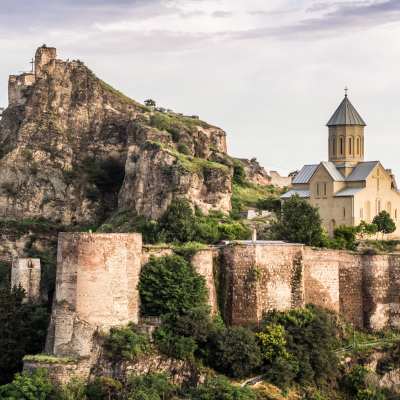 Georgia
Georgia
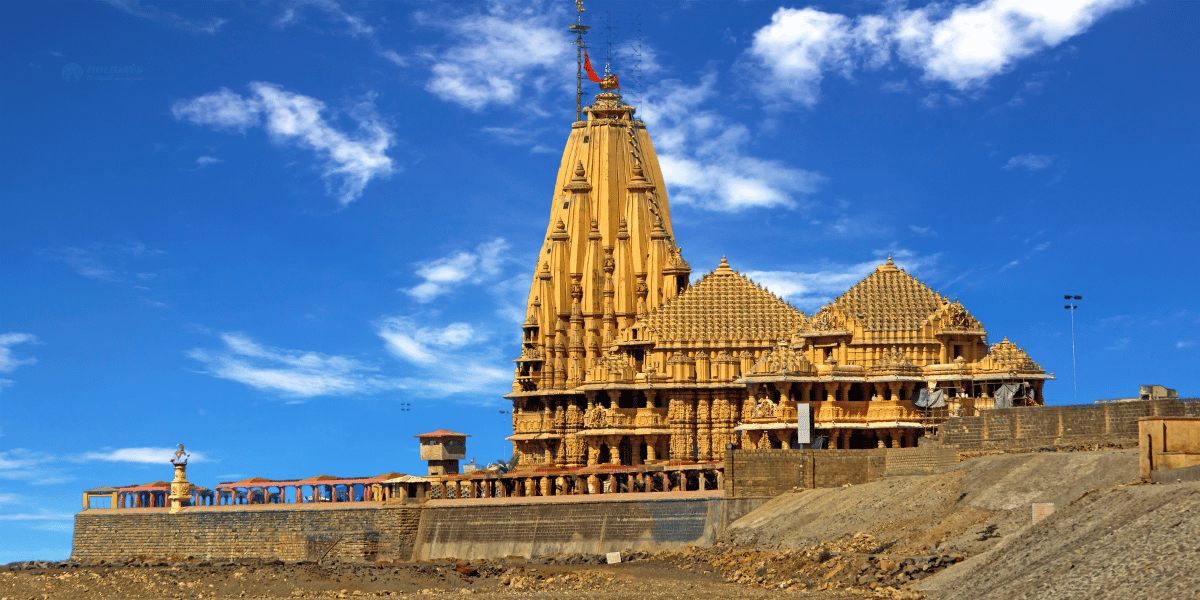
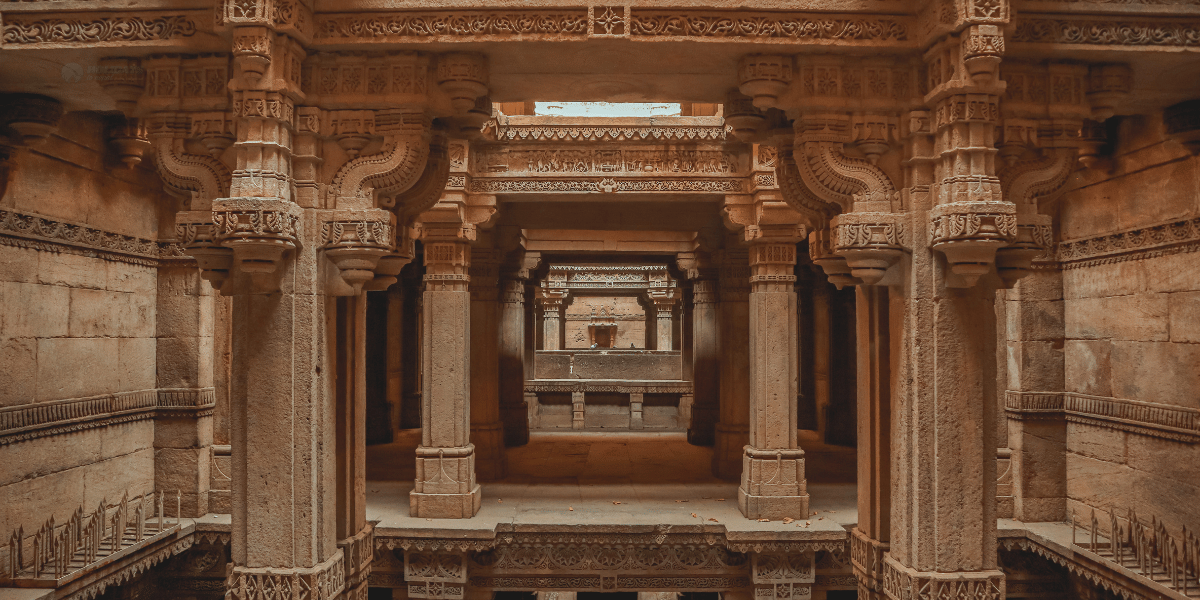
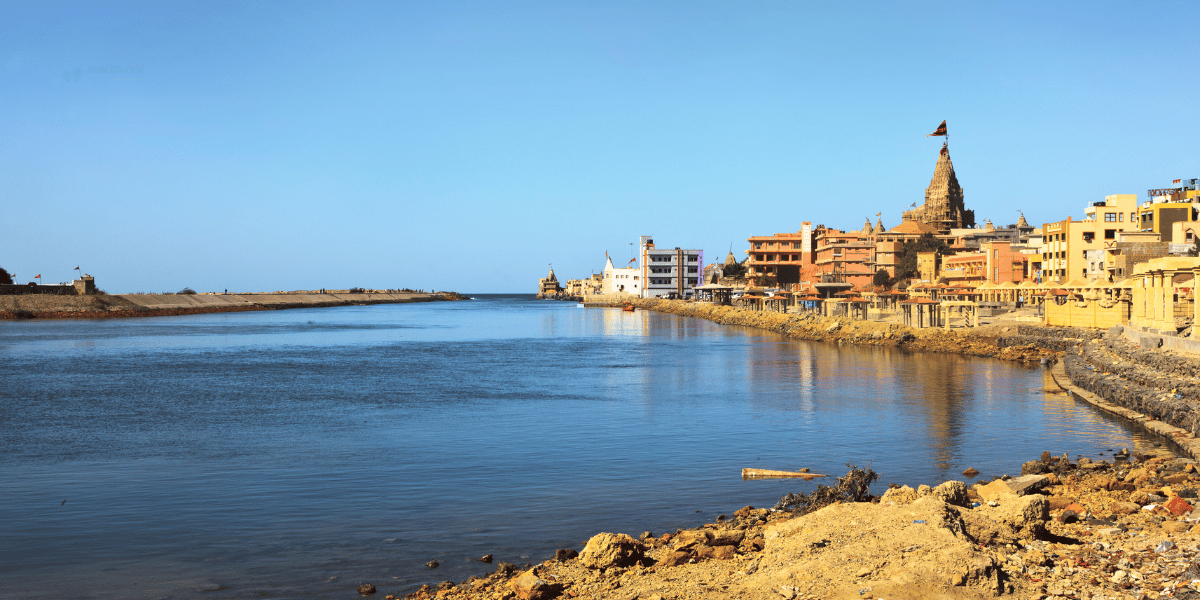
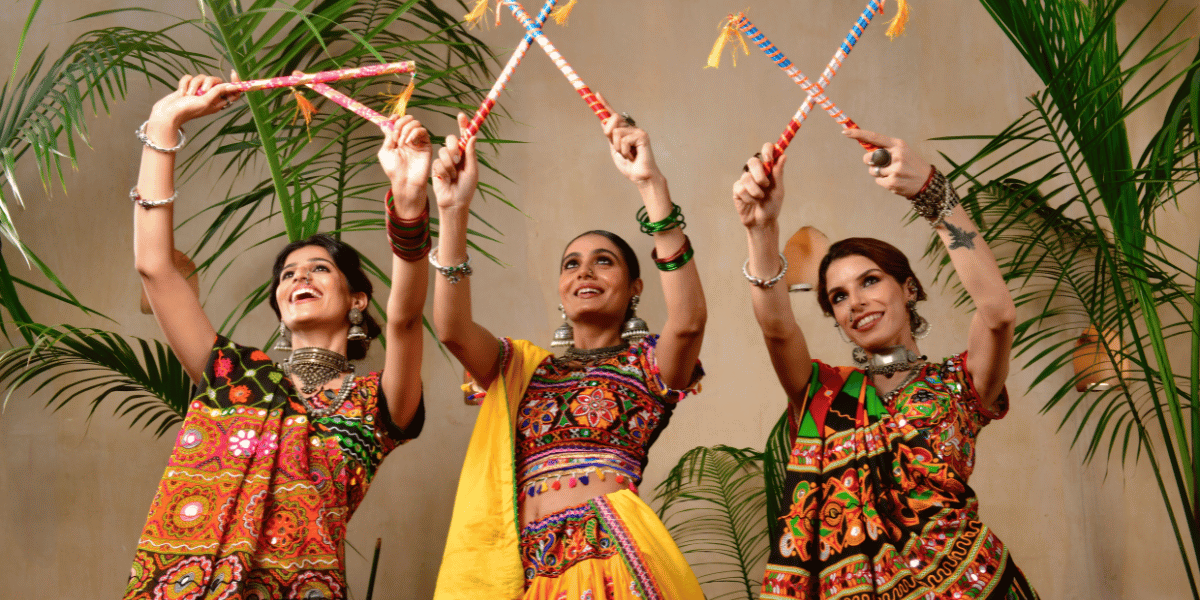

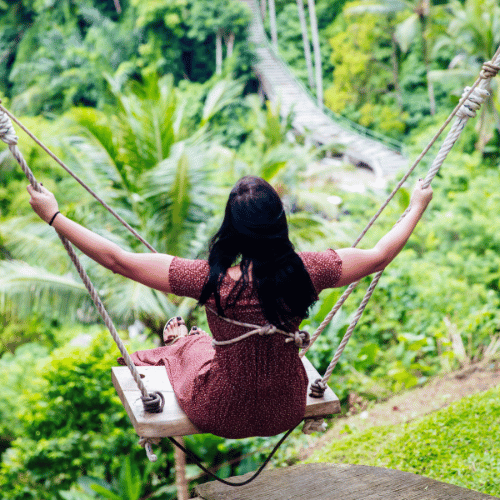
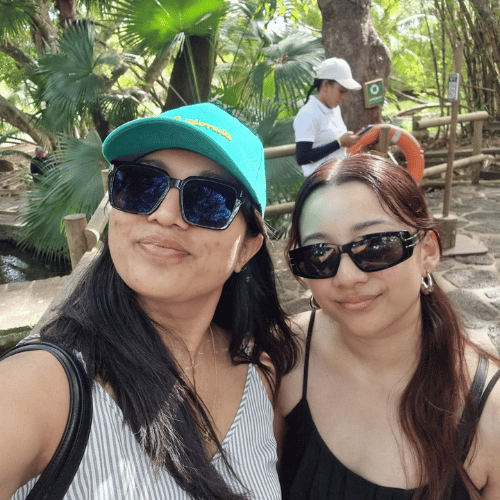
Thank you so much, Holidays to Nepal team, for their time and effort that they have put into our tour to make it memorable. Our holiday tour to Bali wouldn’t have been completed without your perfect and cosy planning. It was such a good experience, and I will definitely choose Holidays to Nepal for our next trip as well, and I highly recommend others choose them as their travel partner as well. Keep it up, and best of luck for more achievements.